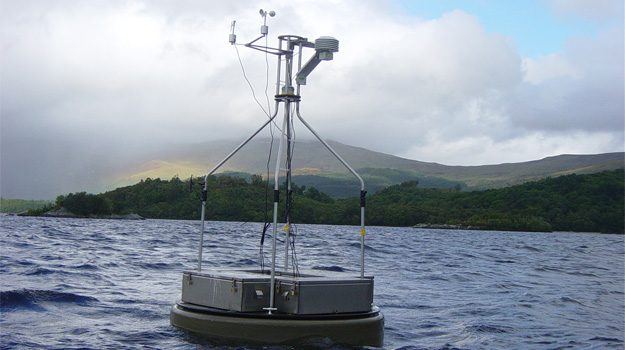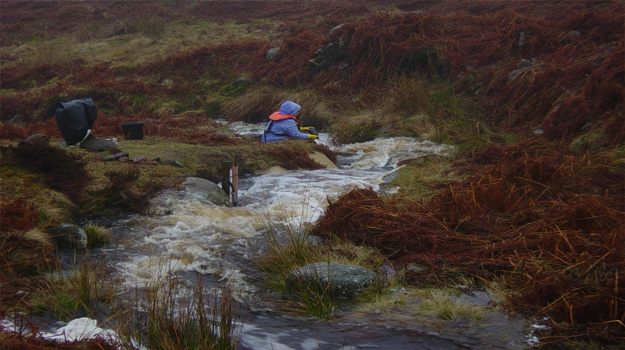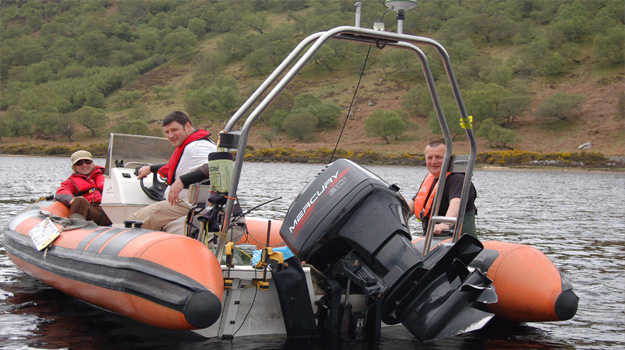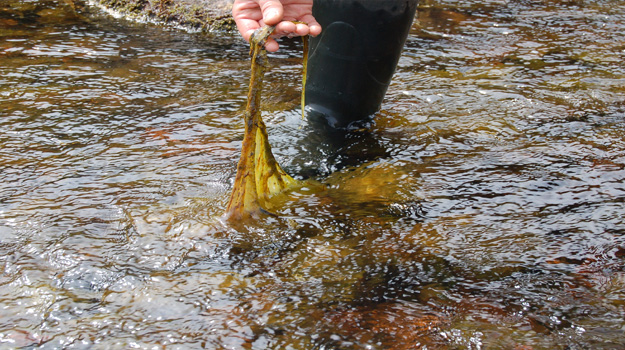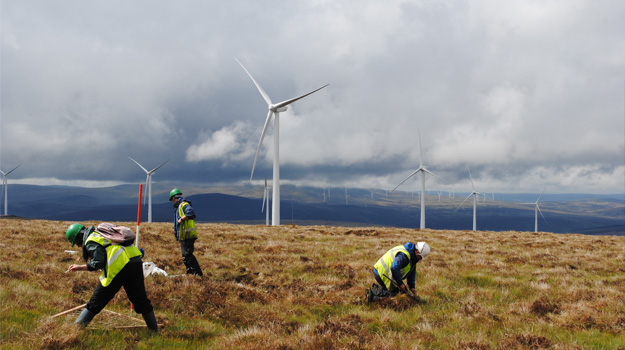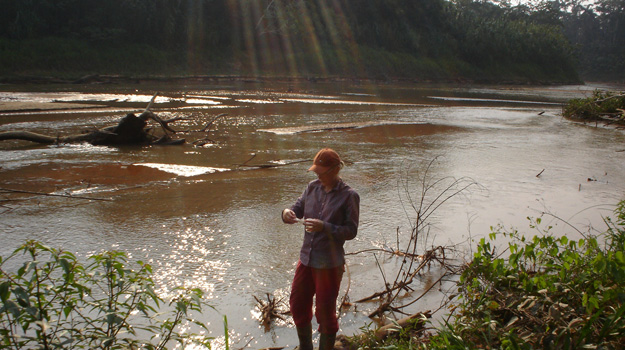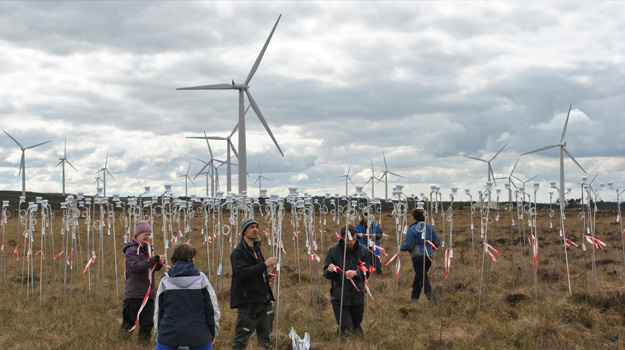What is a Carbon Landscape?
A carbon landscape is not a new type of landscape, but a new way of seeing our surroundings. Glacial landscapes and volcanic landscapes conjure easily exciting images of beautiful, dynamic and often brooding, majestic landscapes. They need no further description. But have you paused to think what other landscapes we find on Earth? Look at the plants, the trees, the soil; notice the streams, river and lakes. All these components of your environment are rich in carbon, as are some rocks such as limestone, and we can see that. Further, there is also C we cannot see in the form of the gases carbon dioxide and methane in the atmosphere. The former is converted to plant vegetation by photosynthesis to produce the biomass we can see in our carbon landscape; the latter emitted from soils lacking oxygen and only when oxidised by bacteria as an energy source, is it converted to biomass. However, carbon stored in a landscape is not fixed, but can be gained and lost, transferring from one storage compartment to another due to the interaction of physical and chemical processes. To understand our carbon landscapes better interesting questions to answer include:
- How is C is gained, lost or stored in a landscape?
- How quickly do these transfers of C between different compartments take place?
- How can we visualise best these different reservoirs and how carbon is transferred?
Why think about it now?
With projected climate change prompting C trading, managing our naturally stored C will become increasingly important. We can only do this if we are aware of the way in which a landscape gains, loses and recycles C. Depending on societal response to our changing climate, we may find our natural environments have a monetary value, quantifiable through systematic approaches in describing the landscape. What more appropriate than through a recognised carbon landscape?
Carbon Landscapes Research Group
As a research scientist working for many years on C cycling in the natural environment, when Susan Waldron came across the term ‘carbon landscapes’ in a British Geomorphological magazine she realised that this approach to interpreting a landscape was one which suited her research activities. She led the Carbon Landscapes Research Group in the School of Geographical and Earth Sciences at the University of Glasgow until 2020, when she moved to the Natural Environmental Research Council to take up a position as ‘Director, Research and Skills‘.
The Carbon Landscape Research group worked on an array of projects all linked to carbon cycling and processes. If you would like to know more about the research undertaken please see the projects page on this site. Susan continues to publish in her own time but in her current role is unable to supervise new researchers.
